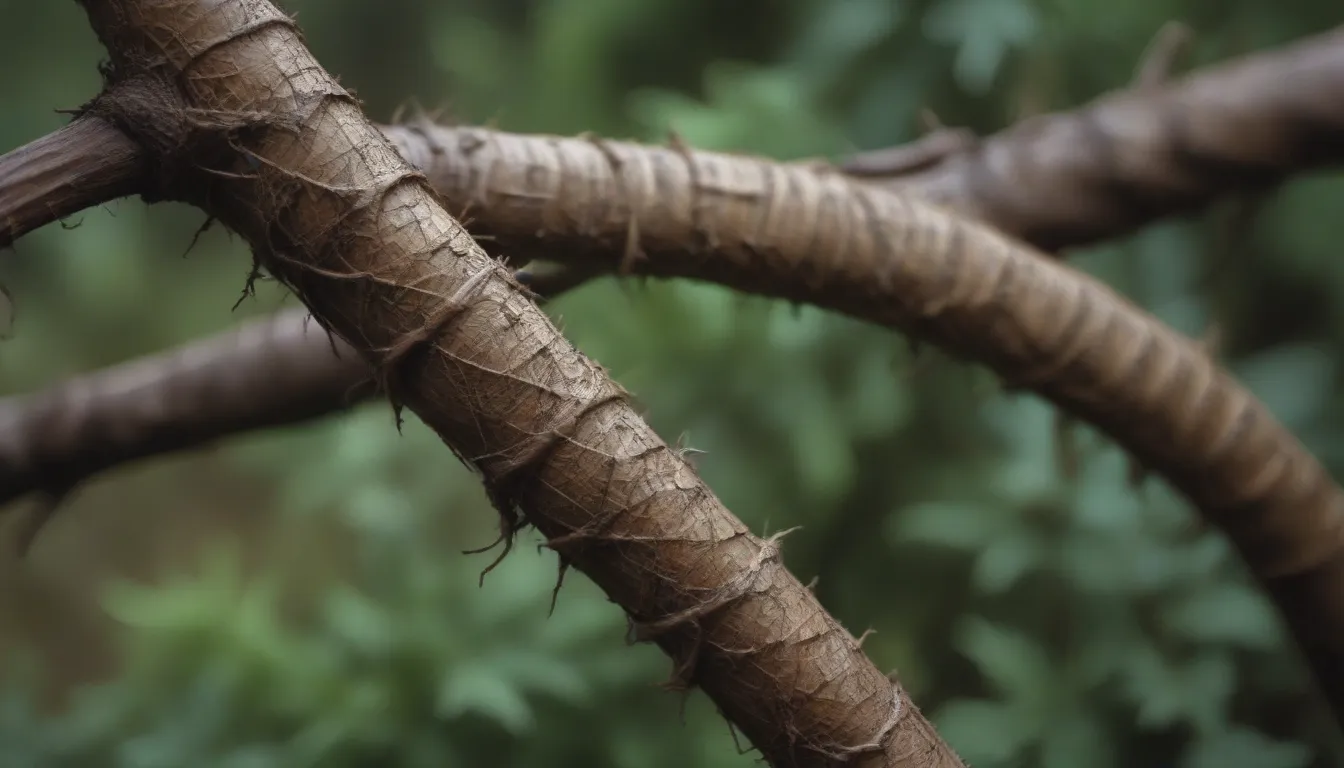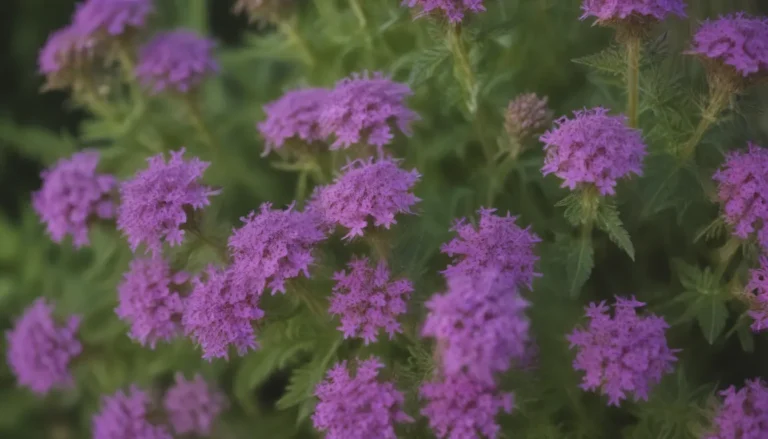The Ultimate Guide to Growing and Caring for Harry Lauder’s Walking Stick (Contorted Filbert)

If you’re looking for a unique and eye-catching addition to your garden, look no further than Corylus avellana ‘Contorta’, also known as Harry Lauder’s walking stick. This contorted filbert is a deciduous woody shrub with twisted branches that add a whimsical touch to any landscape. From the striking yellow catkins in late winter to the interesting stems that can be used in decorative arrangements, this shrub is sure to stand out in your garden.
The Fascinating History of Harry Lauder’s Walking Stick
The ‘Contorta’ variation of the Corylus avellana shrub was discovered in England during the mid-1800s. Its common name comes from a Scottish entertainer in the early 20th century who always carried a twisted cane on stage. Growing up to ten feet tall, this shrub is commonly used in hedge and screen borders for its unique appearance. While it may not offer vibrant fall foliage, it does provide winter interest with its twisted stems.
Harry Lauder’s Walking Stick Care Tips
To ensure your Harry Lauder’s walking stick thrives, follow these care tips:
- Planting: Plant this slow-growing shrub in fall or spring from balled-and-burlapped specimens or container plants. Water frequently during the first few years to help establish a strong root system.
- Light: Place your contorted filbert in full sun to part shade for optimal growth.
- Soil: Make sure the soil is well-drained and rich in organic material. Consider adding organic amendments if the soil structure is not ideal.
- Water: Provide about one inch of water per week during the growing season, but avoid overwatering to prevent root rot.
- Temperature and Humidity: This shrub tolerates a wide range of temperature and humidity conditions.
- Fertilizer: While contorted filbert usually requires no feeding, use a granular slow-release balanced fertilizer if soil tests indicate a deficit.
Contorted Filbert Varieties
There are several notable cultivars of Coryllus avellana, including:
- ‘Red Majestic’
- ‘Red Dragon’
- ‘Rote Zeller’
Pruning and Maintenance
Regular maintenance is essential for keeping your Harry Lauder’s walking stick healthy and looking its best. Follow these pruning and maintenance tips:
- Pruning: Inspect the shrub monthly for root suckers and remove them immediately. Trim the shrub to enhance the visibility of the twisty branches and control its size.
- Propagating: Due to being a grafted plant, contorted filbert is challenging to propagate. Focus on maintaining the existing plant rather than attempting propagation.
- Overwintering: This shrub is hardy to USDA cold hardiness zone 4 and does not require winter protection.
Common Pests and Diseases
Keep an eye out for common pests and diseases that can affect your Harry Lauder’s walking stick:
- Eastern Filbert Blight: This fungus can cause branches to die if left untreated.
- Black Knot, Crown Gall, Apple Mosaic Virus, and Leaf Spot: Keep an eye out for these diseases and remove affected branches promptly.
- Scale Insects and Japanese Beetles: Control these pests with organic solutions like Neem oil for scales and handpicking for Japanese beetles.
Common Problems with Harry Lauder’s Walking Stick
If you notice any distorted or swollen branches, it could be a sign of Eastern Filbert Blight. Keep an eye out for this disease, as it can be challenging to treat once it takes hold. Remember to inspect your shrub regularly and maintain good sanitation practices to prevent disease.
In conclusion, Harry Lauder’s walking stick is a unique and charming addition to any garden. With proper care and maintenance, this shrub will provide years of enjoyment with its twisted branches and interesting appearance. So go ahead, plant a Harry Lauder’s walking stick in your garden and watch it grow into a beautiful and eye-catching focal point!





